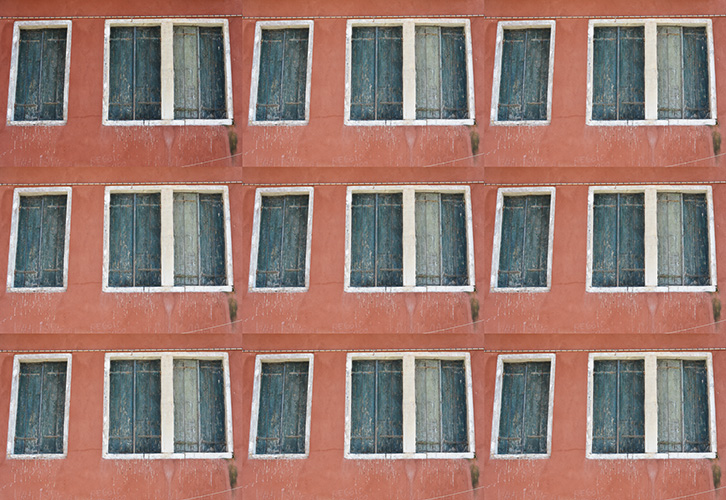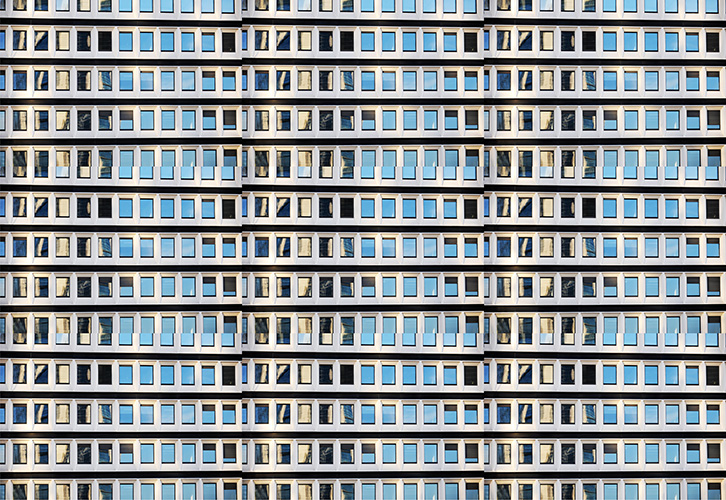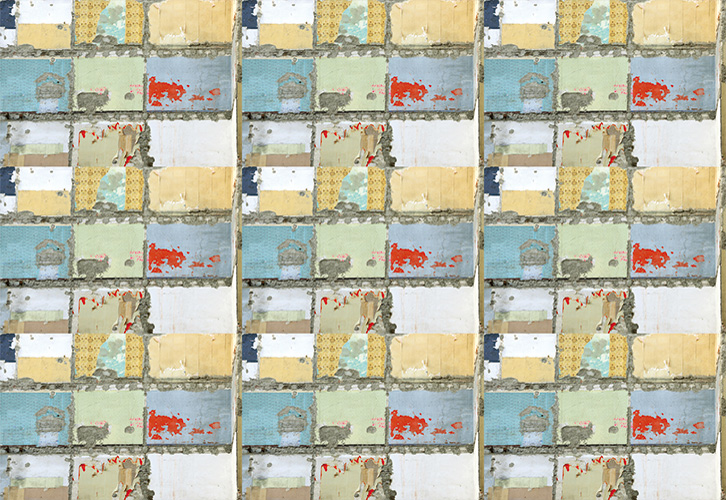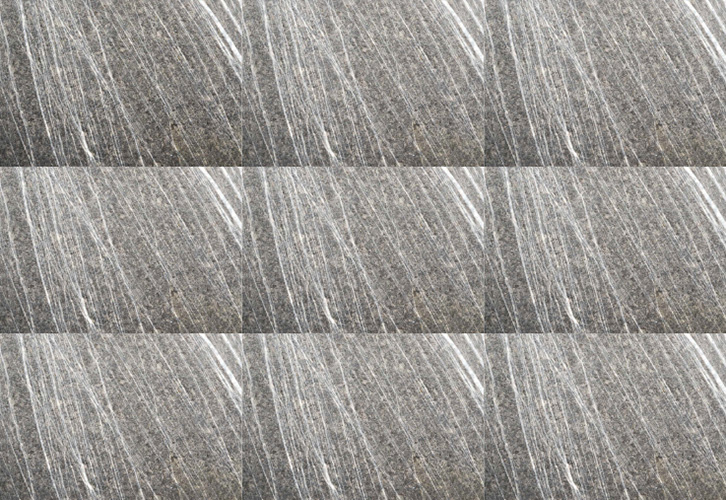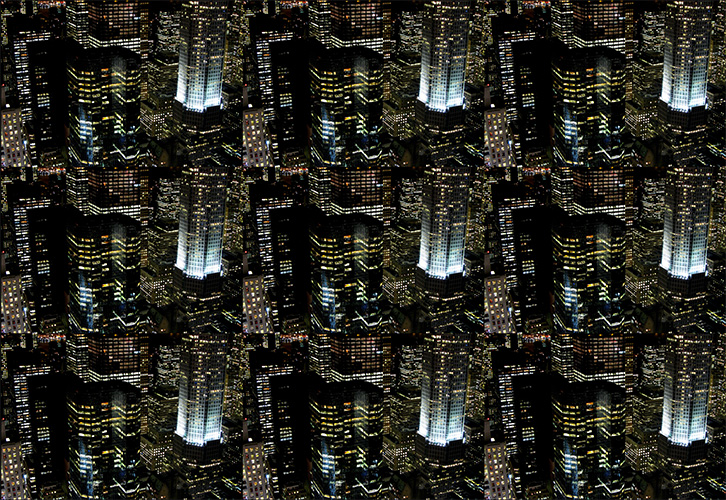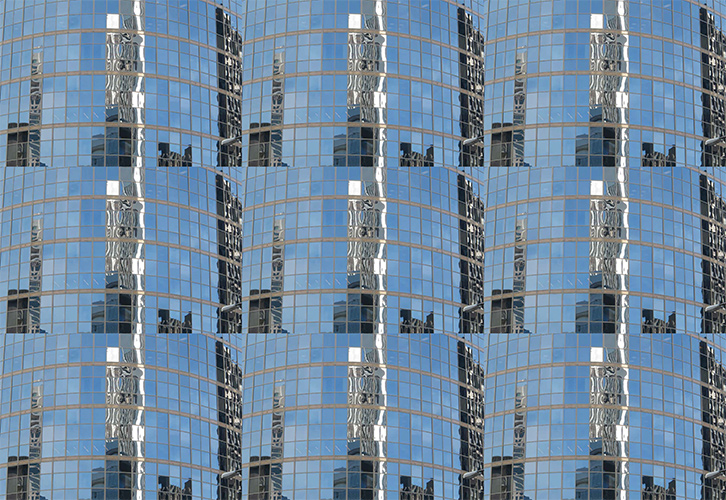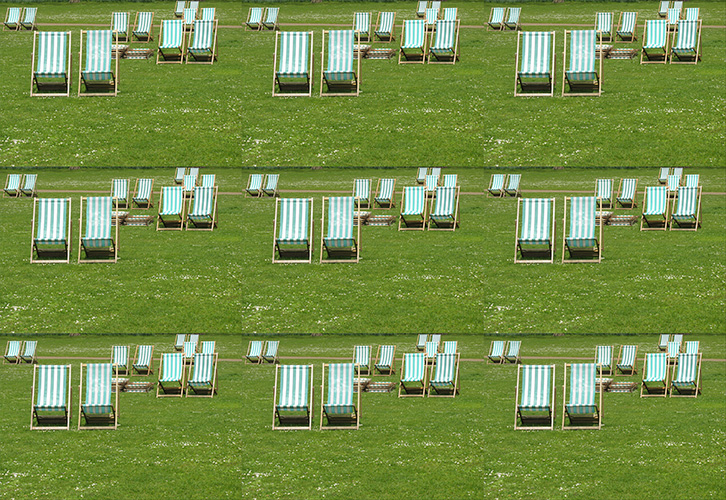Denis Curti - Fondazione FORMA per la fotografia
From Milan to Venice, Andrea Rovatti's urban mapping continues on the line of a fragmented narrative that develops, recomposing itself in the images and identities of the cities that are crossed by his vision. Already in his Milan shots I had recognized the importance for the author of the concept of 'multiplicity', understood as an intrinsic value, both conceptual and real, which is referred to the urban context. This was expressed in the variety of experiences and points of view, all converging in the description of a yet undiscovered Milan; audaciously realized through the use of shapes and manners typical of metaphor and serial story telling.
Now, with the expansion of the author's vision to new urban realities, the discovery of places and stories heralds the beginning of a journ ey throughout Italy, its cities and its beauties.
In Venice, in the continuation of this same expression's path, the architecture is contemplated once again symbolically as constant element, as observer affected and influenced by the course of events and epochs. In this perspective it represents the very soul of the city, engraved with art on the buildings' walls, in cracks and in the regular symmetry of arches, porches and decks.
In Andrea Rovatti's images, the history of the city of Venice is told by projecting the voices, experiences and customs of the inhabitants who through the centuries have recognized themselves - and still they do - in the urban landscape.
Architectures are depicted in pictures that are repeated and joined in a harmonious collage, where the detail becomes expression of a graphic style that finds in the repetition its artistic concept.
Here the words that in 1939 Berenice Abbott used while speaking about her work 'Changing New York':
'Making a portrait of a city is the work of a lifetime, and one portrait is not enough because the city is constantly changing.'
The visual synthesis with which the Venetian architecture is represented is nothing other than the symbolic transposition of all the voices of the city, caught with the same emphasis used by the American author, but with a new language, one belonging to our own times, where the rhythm and seriality are discovered as expression methods.
Starting from the idea that everything in the city is part of its history the multiplicity becomes focus of urban identity, and the selection of forms and landscape the method of its representation.
